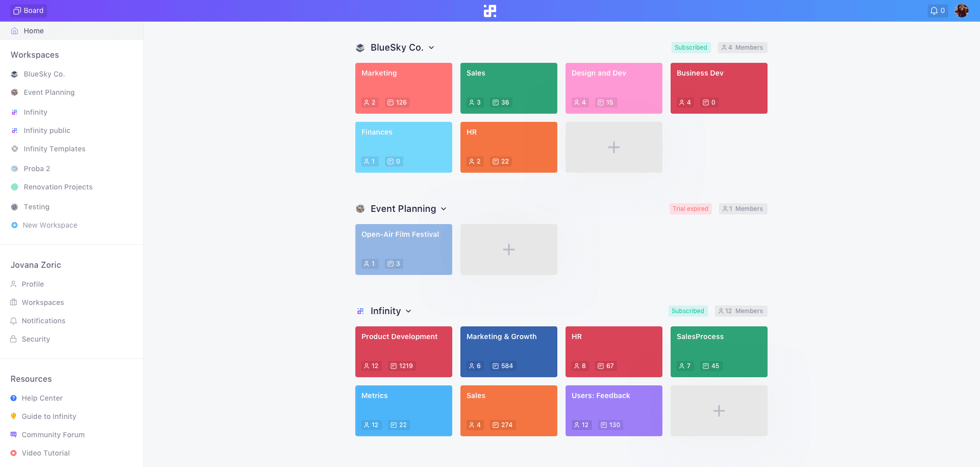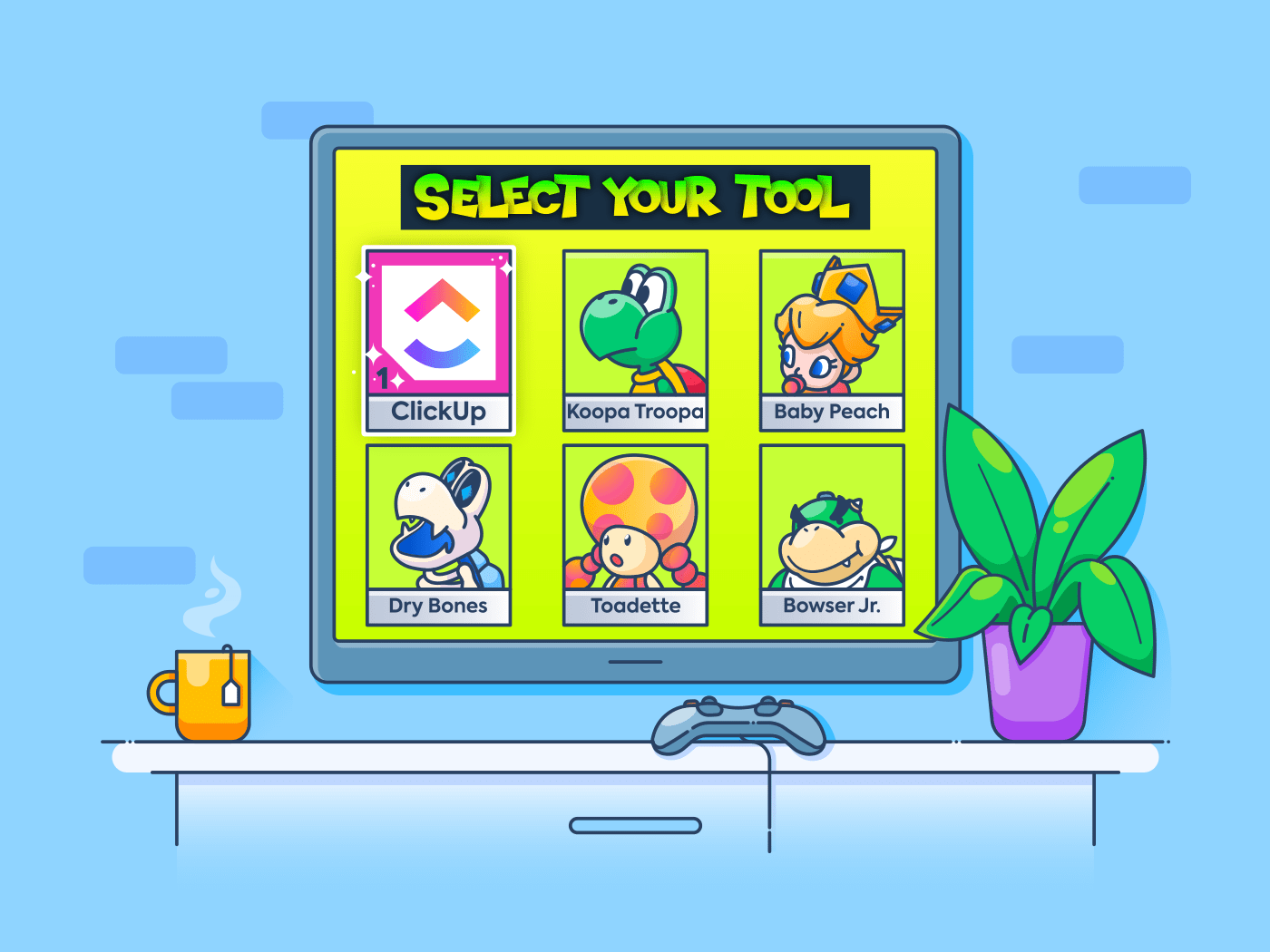

Similar to Wrike, Asana comes with Kanban boards. Plus, you can also add custom fields to your tasks.

Changing task status is as simple as dragging and dropping them to the next column.Īnd, if you subscribe to the top Business pricing tier, you can create custom task workflows to match your team’s way of working. With Kanban boards, your team can prioritize tasks and get them done without any distractions. Wrike comes with the familiar spreadsheet and Kanban board views for task management. However, custom workflows in Wrike are only available in the top pricing tier.
#Asana roadmap board view free
Wrike vs Asana: Task Management Featuresįor task management, both Wrike and Asana have powerful features right from the free plan. And you can share it with team members and stakeholders. Like Wrike, you can import a timeline from a CSV file. However, you can quickly look for bottlenecks using the visual project timeline. Unlike Wrike, there are no schedule analysis tools. You can drag and drop tasks, create dependencies, and add milestones to the timeline. Project Planning in AsanaĬompared to Wrike, Asana’s project timeline is more straightforward to read. The Gantt chart timeline can be created manually or by importing a CSV file. Also, you can easily share it with your team and stakeholders. The Gantt chart timeline makes it easy to visualize your project’s schedule. You can drag and drop tasks on the timeline, create dependencies, as well as do baseline and critical path analysis of your project timeline. As a result, it’s a little bit complex for non-technical project managers. Wrike’s project timeline is more of a Gantt chart. Also, in Wrike, the Calendars feature is only available in the top Business plan.

However, in both the tools, timelines are not available in the free plan. Wrike vs Asana: Project Planning Featuresīoth apps come with project timelines and calendars for creating a project plan. However, similar to Wrike, you don’t get project timeline planning features in the free plan. It’s suitable for teams with up to 15 members. Pricing for the enterprise plan is available on request.Īsana’s free plan is generous. Other than these two plans, Asana also offers an Enterprise plan. However, with monthly billing, you’ll end up paying a 25 percent premium compared to the yearly plan.Īsana’s price plans range from $10.99-$24.99 /user/month for annual billing or $13.49-$30.49 for the monthly billing option.įollowing features are only available in the top Business plan: Unlike Wrike, Asana offers annual and monthly billing options. Wrike also has a free plan which is essentially just a simple task list for small teams. In addition, Wrike also offers add-ons at an additional cost for automation, business intelligence, and proofing. Enterprise pricing is available on request. A monthly billing option is not available on Wrike’s pricing page.įollowing features are only available in the higher-priced Business plan:īesides these two plans, Wrike also has an Enterprise plan. Its price plans range from $9.80-$24.80 /user/month. When it comes to pricing, Wrike is slightly less expensive compared to Asana.

Wrike vs Asana: Price Plansīoth project management solutions are expensive, especially for advanced features like workload management, proofing, and approvals. Costs $24.99 /user/month when paid annually. Costs $24.80 /user/month when paid annually. Visual workload management & time tracking Time tracking via integrations & workload view** Task lists & boards with custom workflows Wrike vs Asana: A Quick Comparisonīefore digging in deep, here’s a quick summary to help you understand how Wrike and Asana compare against each other as well as against Toggl Plan. In addition, we’ll also look at their price plans. That’s why we’ll compare Wrike and Asana for planning, task management, and team management features.


 0 kommentar(er)
0 kommentar(er)
